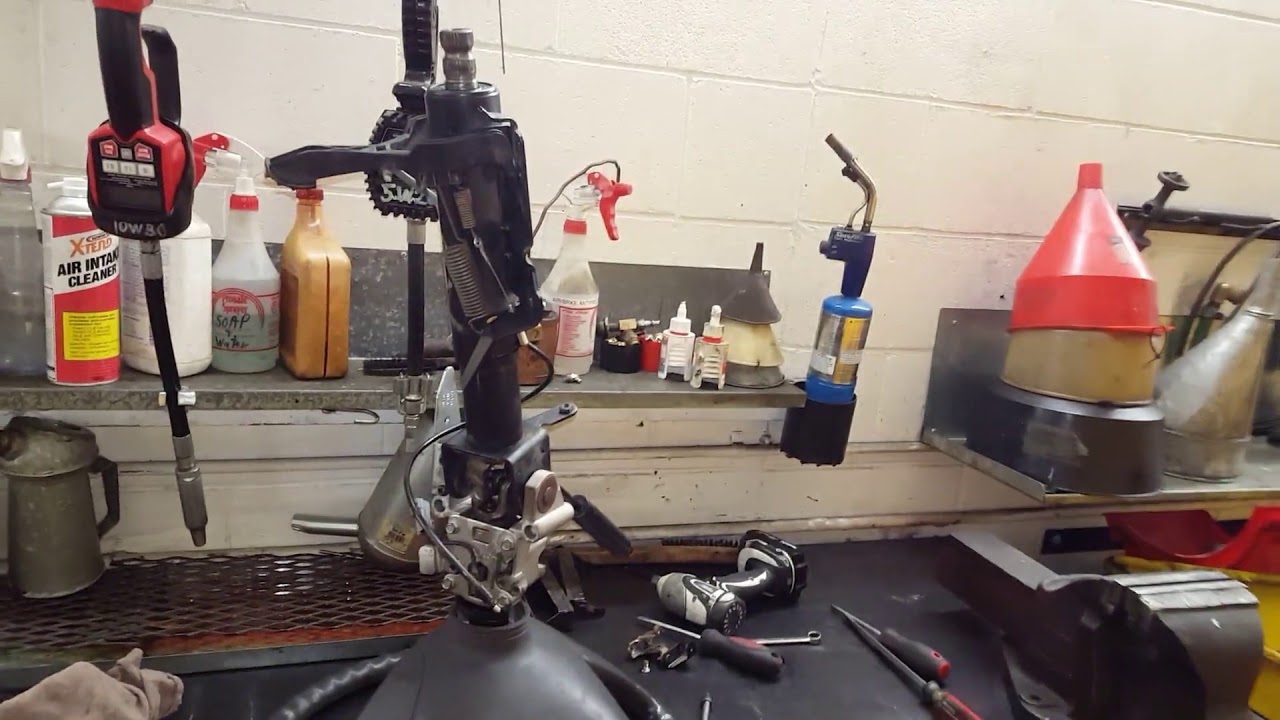School bus preventive maintenance let me count the ways. There are many approaches a mechanic can take to looking after the modern day school bus and the old models as well. Technology has changed and so has procedures involved with making sure unexpected failures are held to a minimum. PM steps are small to large depending on what part of the drive train or operating system is being attended to.
The video shows us removing the steering column to lubricate the splined slip shaft to stop the knocking noise we were hearing when rocking the steering wheel back and forth during a steering safety check. Something like that is minor since nothing is going to come apart but the noise is aggravating and it may cause a feeling of insecurity for the driver. Hearing a noise in the steering has to be eliminated for that reason.
I can’t stand hoses and cables touching each other and slowly wearing against each other. God forbid if a positive battery cable shorts to ground. I’ve seen that happen and it’s not pretty. There is quite the smoke show and the mechanic has to disconnect the battery asap before the smoke and fire situation develops. This kind of thing can be avoided with a close visual inspection while the vehicle is in for service.
This is just one of the simple little things that get over looked until it’s too late. When dealing with school buses I want to see our mechanics take their time when they have a unit on the hoist doing the visual check. Focusing on every individual bolt, screw, connection and component is really important in the fleet preventive maintenance field. We replace certain components over a set period of time eliminating possible trouble on the road.
We replace our batteries and spring brake pots every 5 years. There’s no exceptions and when you look at the initial cost over a 5 year period it makes sense to get the best brand available. MGM spring brake pots are 20 to 30 dollars more but they have a better guarantee and less likely to fail compared to cheaper parts. Spending an extra 60 dollars for 2 brake pots spread over 5 years is a drop in the bucket.
Batteries are installed in groups of 3 so after their time is up they all get replaced to avoid a no start situation. I’ve seen situations (before we initialized the 5 year plan) where a battery dies on a bus out of town so a mechanic and driver have to run out there and boost or replace the battery pack. When it comes to spring brake pots they could possibly blow an internal diaphragm causing an air leak. The main reason this happens is the spring has broken. The spring pot will not only leak badly but also lack holding pressure when the bus is parked. I don’t like to wait until it breaks….My favourite saying is: “If in doubt change it out”







